Introduction
Fruits are nature’s candy, bursting with vitamins, fiber, and flavor. Yet, for all their nutritional glory, some fruits test the patience of even the most seasoned eaters with their stubborn, impenetrable skins. The act of peeling—a seemingly simple task—can transform into a battle of wits, strength, and creativity. From prickly exteriors to slippery surfaces, these fruits demand respect, and sometimes a toolkit, to reveal their edible treasures. This article explores the world of “difficult-to-peel” fruits, diving into their anatomy, cultural significance, and the creative solutions humans have devised to outsmart them. Whether you’re a home cook, a health enthusiast, or simply someone who’s wrestled with a mango, this guide is for you.
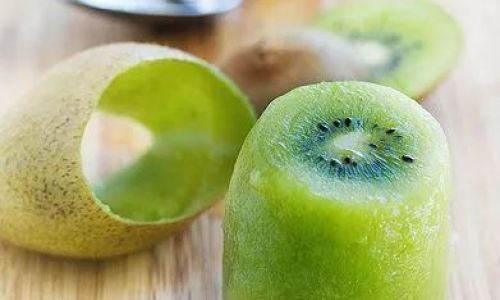
The Pomegranate: A Jewel-Laden Mystery
The pomegranate, with its leathery, deep-red skin, is a symbol of fertility and prosperity in many cultures. But beneath its crown-like calyx lies a labyrinth of arils (juice-filled sacs) surrounded by bitter white pith. The challenge? Separating the sweet, ruby-red seeds without turning your kitchen into a crime scene. Traditional methods involve scoring the skin and whacking it with a spoon, but even then, rogue splatters are inevitable. Some chefs recommend submerging the fruit in water to loosen the arils, while others use specialized tools to pry them out. The pomegranate’s difficulty lies not just in peeling but in patience—a virtue required to savor its antioxidant-rich rewards.
Durian: The “King of Fruits” (and Odor)
Revered in Southeast Asia and banned in public spaces elsewhere, the durian’s spiky, armor-plated husk conceals a creamy, custard-like flesh. The real struggle isn’t just peeling—it’s surviving the process. A single misstep with a durian’s thorns can lead to a pricked finger or a smashed toe. To open it, one must wield a knife with precision, slicing along the seams to avoid the sharp protrusions. The pungent aroma, described as a mix of gym socks and roasted onions, adds another layer of challenge. Yet, fans argue the effort is worth it for its complex, buttery flavor. In Malaysia, vendors even use gloves and protective gear to handle this prized yet perilous fruit.
Coconut: The Tropical Tank
A coconut’s hairy, fibrous husk and rock-hard shell make it one of nature’s ultimate fortresses. To crack it, you need muscle, leverage, or both. Traditional methods involve smashing it against a rock or using a machete to whittle away the outer layers. Modern tools like coconut openers or electric saws have simplified the process, but the risk of slippage remains. Once breached, the milk and flesh offer hydration and healthy fats, but getting there requires strategic planning. In coastal regions, coconuts are often opened by experts who’ve honed their skills over decades, turning a tedious task into an art form.
Kiwi: The Fuzzy Enigma
With its brown, furry skin and vibrant green interior, the kiwi seems innocent enough. Yet, peeling it without wasting flesh is a delicate dance. The skin is edible (and rich in fiber), but many prefer it removed. Traditional peeling with a knife often leads to a sticky, uneven mess. A popular hack involves using a spoon to scoop the flesh from the skin, but this requires practice. Some chefs even roast kiwis to soften the skin, though this alters the fruit’s tangy flavor. The kiwi’s difficulty lies in its thin, slippery skin—a trait that has sparked debates about whether peeling is even necessary.
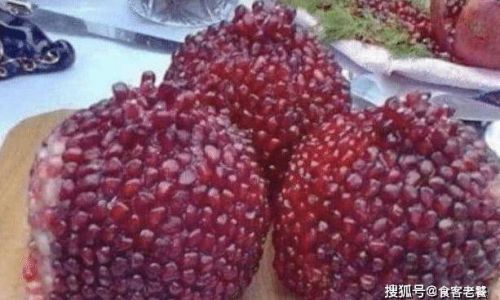
Mango: The Slippery Sensation
Mangoes are beloved for their tropical sweetness, but their large, oblong pits and sticky sap make peeling a sticky affair. The “hedgehog” method—slicing the flesh into cubes while avoiding the pit—is a common technique, but it often results in wasted fruit clinging to the seed. Alternatively, some use a glass to separate the skin from the flesh, but this requires a steady hand. In India, street vendors use specialized blades to carve mangoes into perfect, peel-free slices, showcasing the fruit’s versatility in chutneys, lassis, and desserts.
Pineapple: The Prickly Paradox
A pineapple’s spiky crown and tough, segmented skin demand respect—and a sharp knife. The traditional method involves slicing off the skin in strips, then carving out the “eyes” in a diagonal pattern. This process is time-consuming and wastes a significant portion of the fruit. Pre-cut pineapples are convenient, but fresh is best. In Hawaii, chefs use a tool called a “pineapple corer” to extract the flesh in one spiral, but home cooks often resort to YouTube tutorials to master the technique. The payoff? Sweet, tangy flesh that’s worth the effort.
Lychee and Rambutan: The Hairy Duo
Lychees and their cousins, rambutans, are small, translucent fruits with bumpy or hairy skins. While their shells are thin, peeling them without squishing the flesh requires finesse. A common technique involves nicking the skin with a fingernail and peeling it back like a banana, but overzealous hands can bruise the fruit. In China, lychees are often served chilled, their skins already split to reveal the jelly-like interior. Rambutans, with their shock-red hairs, add a playful challenge—and a conversation starter to fruit bowls.
Passion Fruit: The Crusty Cousin
Passion fruit’s wrinkled, purple skin is deceptively tough. Cutting it open reveals a seedy, gelatinous pulp that’s both tart and sweet. The peel itself is inedible, but separating it from the pulp without losing precious juice is tricky. A common method involves scooping the pulp with a spoon, but this often includes bits of the fibrous membrane. In Brazil, passion fruit juice is a staple, made by blending the entire fruit (seeds included) and straining it—a cheat’s way to avoid peeling.
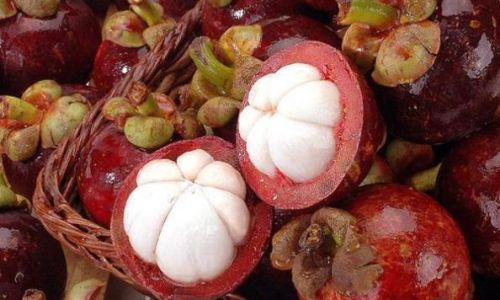
Grapefruit: The Bitter Battle
Grapefruits are nutritional powerhouses, but their thick pith and bitter membranes make peeling a chore. Segmenting them requires a sharp knife to separate the flesh from the pith, a task that’s as tedious as it is precise. Some eaters opt to peel them like oranges, but the result is often a sticky, messy hands. In Japan, grapefruits are sometimes candied or used in desserts, where their bitterness is balanced with sugar. The segmenting process, known as “supreming,” is a culinary skill taught in professional kitchens.
Citrus Fruits: The Zest vs. The Mess
Oranges, lemons, and limes are generally easy to peel, but varieties like blood oranges or Meyer lemons have thicker skins that cling to the flesh. Peeling them without tearing the segments requires patience. The “finger method”—using your fingers to loosen the skin—works for thin-skinned citrus, but thicker varieties need a knife. Chefs often use a technique called “peeling under water” to reduce mess, but this isn’t practical for everyday snacking. The zest, prized for its aromatic oils, adds another layer of complexity—how to remove it without the bitter pith.
Cultural Perspectives on Peeling
The act of peeling varies widely across cultures. In Thailand, street vendors use machetes to carve mangoes into intricate flowers, while in Mexico, coconuts are opened with a single, precise strike. The Japanese art of mukimono (carving fruits and vegetables into decorative shapes) elevates peeling to an art form. In contrast, Western kitchens often rely on gadgets like citrus juicers or apple corers to streamline the process. These cultural differences highlight how humanity has adapted to—and even celebrated—the challenge of peeling.
Health Benefits: Why Bother?
Despite the hassle, these fruits are nutritional powerhouses. Pomegranates are rich in polyphenols, which fight inflammation. Durians are packed with B vitamins and antioxidants. Coconuts offer healthy fats and electrolytes. Even the humble kiwi provides more vitamin C than an orange. The act of peeling, while frustrating, is a small price to pay for these health perks. Plus, the ritual of preparing a fruit can slow down mealtime, encouraging mindful eating.
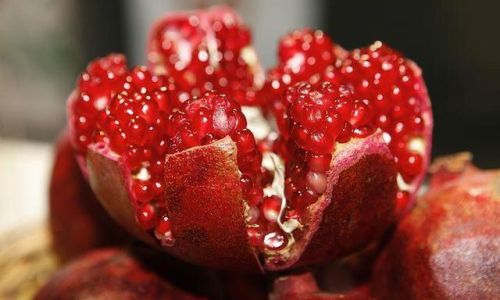
Tools and Techniques to Simplify the Process
- Knives: A sharp paring knife is essential for precision.
- Spoons: Use the edge to scoop flesh from citrus or kiwi.
- Microwaves: Softening peels by microwaving for 10-15 seconds.
- Freezers: Freezing fruits like oranges to loosen skins.
- Specialized Gadgets: Coconut openers, pomegranate desseeders, and electric citrus juicers.
- Water Baths: Submerging fruits like pomegranates to reduce splatter.
The Psychology of Peeling
Why do we persist with difficult fruits? Psychologists suggest that the effort invested in peeling enhances the pleasure of eating. This phenomenon, known as the “IKEA effect,” posits that people value things more when they’ve invested labor in them. Similarly, the act of peeling a durian or pomegranate builds anticipation, making the first bite sweeter.
Conclusion
The world of difficult-to-peel fruits is a testament to nature’s ingenuity—and humanity’s resilience. From the spiky durian to the fuzzy kiwi, these fruits challenge us to slow down, adapt, and innovate. While peeling may never be effortless, the rewards—in taste, nutrition, and cultural connection—are undeniable. So the next time you face a pomegranate or a coconut, remember: the struggle is part of the story. Embrace the mess, sharpen your knife, and savor the victory. After all, the best things in life are rarely the easiest to peel.
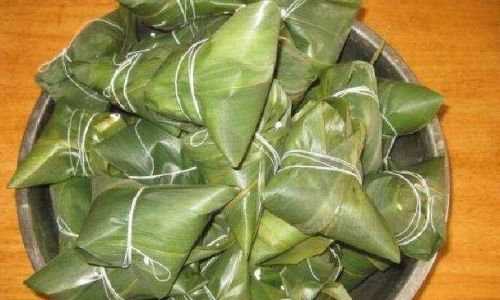
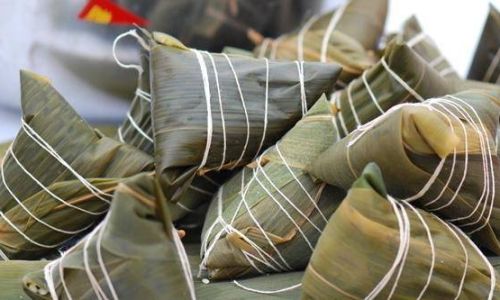

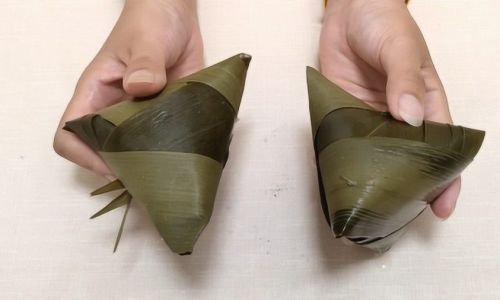
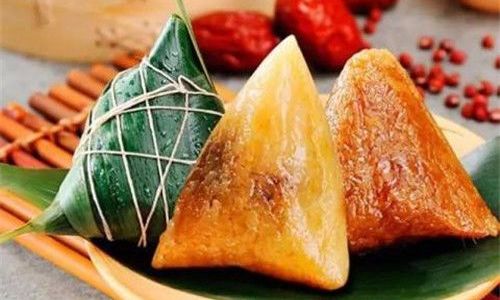
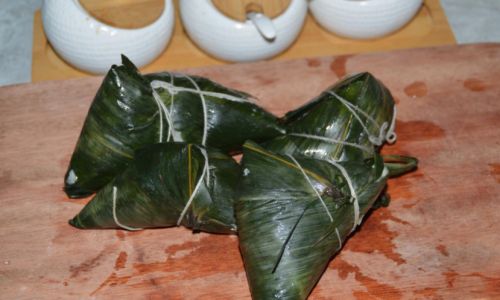
0 comments